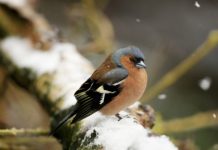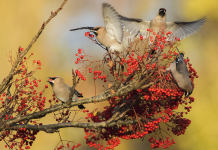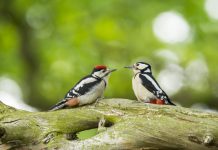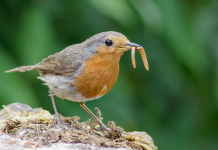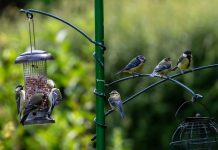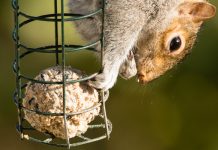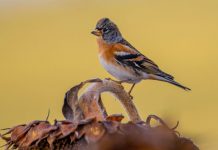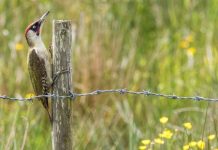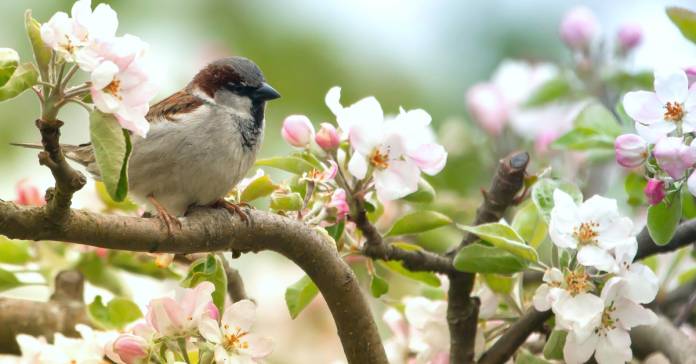Needless to say, we love seeing photos of birds, but we can’t exactly say we’re experts in photography! Luckily, we know some people who are.
So, we spoke to those people, on Facebook, Twitter and Instagram, and got their top tips for best photography.
Brenda Bogacz
My “top tips” for photographing birds are patience, practice – lots of practice – and get to know your birds habits…their favourite landing spots etc. A ‘buffet’ of seed, fat balls and mealworms doesn’t go amiss!
Get to know your camera, take more than one shot. Anticipate what the bird is going to do. Be quiet and move slowly.
Karen.Miller.Photography
View this post on Instagram
Get to know your subjects’ behaviours through watching without a camera and do some research; this understanding will improve your photographs and enjoyment. Connected to this, spend time with only a few species rather than being a “tick a species box” type of photographer and you’ll capture more interesting behaviours.
Zanshinjitsu
Before heading off on a photography outing I like to make sure all my gear is ready to use from the get go. Spare charged batteries, spare memory cards, and I like to have a good lint free soft cloth for my lens for those dusty or slight drizzly rain days.
Little birds can be a challenge as they don’t sit still for long and often dart about at lightning speed, so shutter priority is a must on many of these occasions to capture that clear shot.
Taking foodstuffs along for the wildlife can reap dividends on many occasions. Well placed seed or suet on the forest floor or tree branch and a little bit of patience can really pay off. And it’s always good to leave some foodstuffs for the wildlife to help them along especially in the winter.
Sherri Dawn
1) If you’ve got a camera, whether compact, digital, or phone, you’re good to go!
2) If you’re in the right place at the right time, congratulations! But it’s worth watching the birds come and go as you’ll get to know their behaviours, including when they’re most likely to feed
3) Place your feeders where you’ve got a good vantage point without disturbing the birds
4) ‘Auto’ is a great setting! But it’s worth going on a photography course if you want to learn what your camera is capable of. Action shots can be amazing when you’re the one in control of your shutter speed
5) Enjoy taking pics and have fun! You might have to take a fair few to get one you’re happy with, but it’ll be well worth it
6) The right light can turn a great picture into an amazing picture
7) Have patience! It’s worth spending time to get great pictures plus if it’s a beautiful day and you’re outdoors, what’s not to love?!
8) Practise…it doesn’t matter if you have a teeny courtyard garden, a balcony or just a window, if there’s food, there’ll be a bird or two about!!
Martinsbirdwatch
View this post on Instagram
Provide fresh clean water everyday. Like all animals, birds need water just as much as food to survive. Though they can extract some moisture from their food, most birds drink water every day. They also use water for bathing, to clean their feathers and remove parasites. After splashing around in a bath for a few minutes, a bird usually perches in a sunny spot and fluffs its feathers out to dry.
Then it carefully preens each feather, adding a protective coating of oil secreted by a gland at the base of its tail. For these reasons, a dependable supply of fresh, clean water is attractive to most birds. Providing water for birds can also improve the quality of your garden birds habitat and should provide you with a fantastic opportunity to observe them close up. And get some great photos!
And finally, keeping it short and sweet, here’s nats_about_nature
Patience! ?

